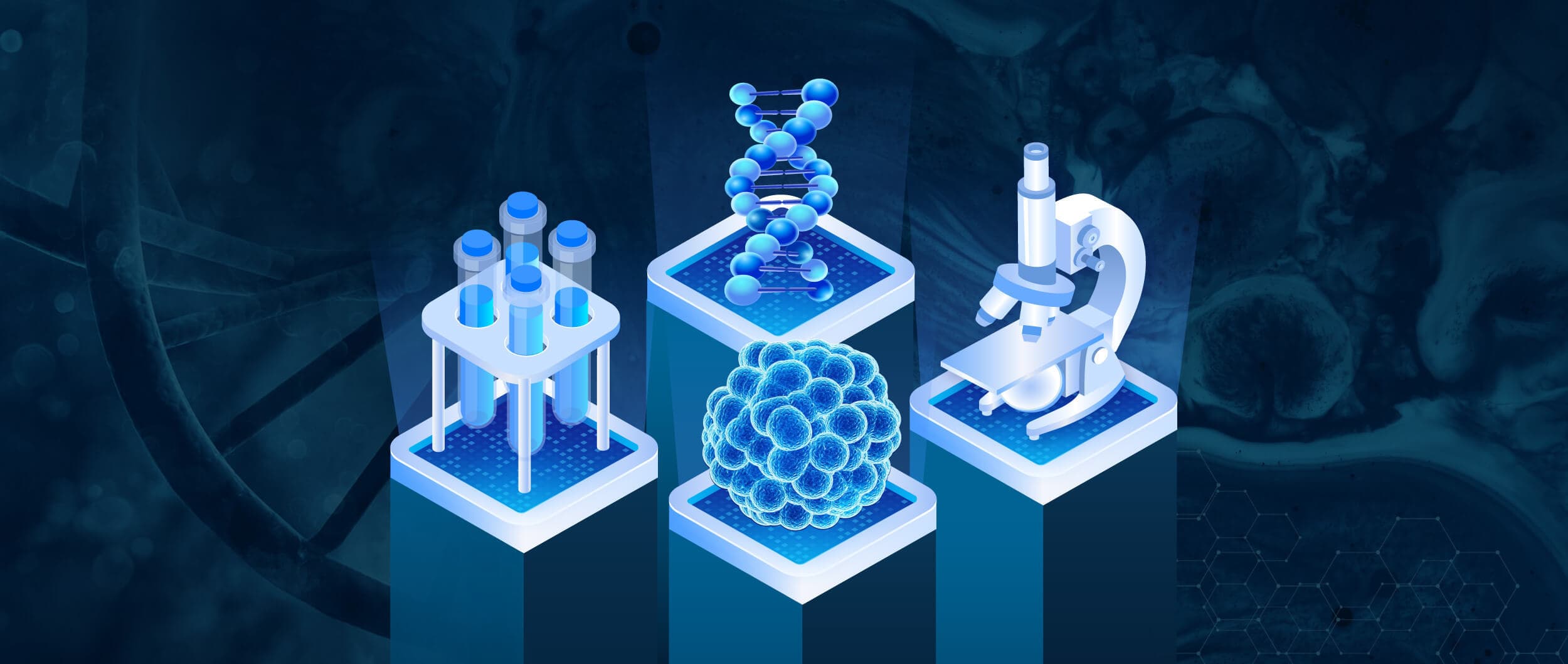CAMBRIDGE, MA - November 5, 2024 - TileDB, the database designed for scientific discovery, today expands its multi-modality by adding support for spatial transcriptomics assays. Specifically, the company is announcing a development preview of spatial support in TileDB.
This new functionality paves the way for scientists and data teams within pharma, biotech, universities, and academic medical centers to manage and analyze their spatial omics datasets at scale, leveraging cost-effective cloud storage and TileDB’s data catalog and scalable compute platform, while maximizing flexibility and interoperability with existing analytical toolkits to drive collaboration and analysis that fuels scientific discovery.
“It's clear that spatially resolved data represents the future of single-cell biology and we want to be there to support the research community by providing a solution for managing this complex data, at any scale,” says Aaron Wolen, Single Cell Product Manager, TileDB.
Spatial transcriptomics is key for scientific discovery because it allows researchers to study gene expression within its tissue context, revealing cellular interactions and heterogeneity. This technology enhances understanding of disease mechanisms, fosters biomarker identification, and supports personalized medicine, ultimately driving advancements in fundamental research and therapeutic development.
Recent advances in molecular profiling technologies allow for the measurement of RNA abundance in tissue with high throughput, multiplexing, and resolution. However, the variety of experimental techniques presents unique challenges in data handling and processing, particularly due to their bleeding-edge data formats and size.
Current solutions are language and framework-specific, which limit collaboration and interoperability. In addition, because status quo solutions are not cloud-native, data can’t be stored and accessed from the cloud, creating usage limitations and posing collaboration challenges. Handling spatial datasets within TileDB resolves these limitations.
Run Spatial Transcriptomics on TileDB
Unlock the potential of spatial data with TileDB’s Development Preview. Catalog, collaborate, and analyze spatial transcriptomics data at scale to advance your research. Learn more.
Meet the authors

